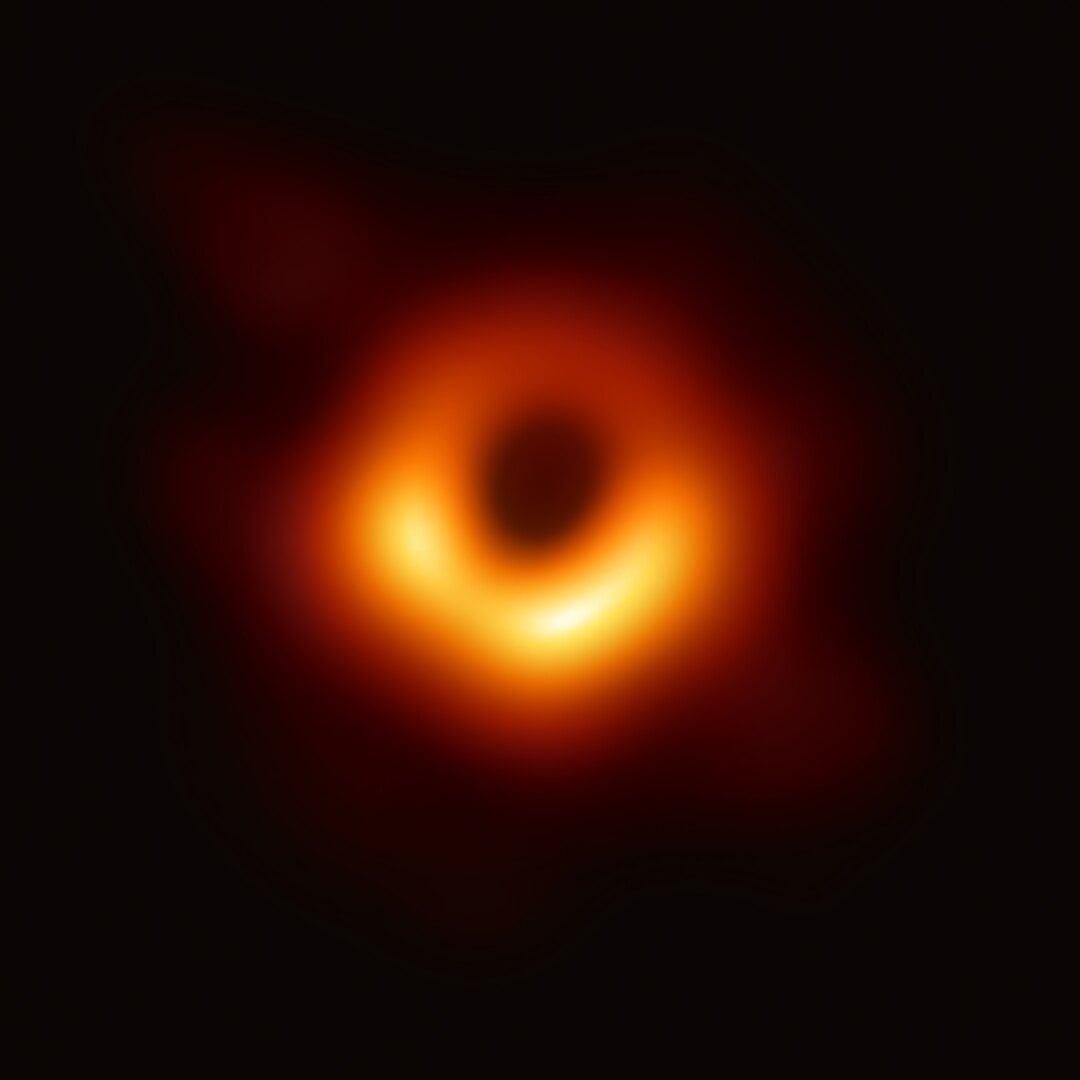As a child, I remember gazing up at the stars and dreaming of spacecraft journeying to distant worlds, those classic images of rockets blasting off toward unknown frontiers filled my imagination. But a mission to a black hole? That seemed beyond even the wildest science fiction. These stellar corpses were the stuff of theoretical physics books back then, mysterious objects so extreme that they devoured light itself. The idea that we might actually send something there, even a device smaller than a paperclip, makes you realise we’re living in an era where the impossible is slowly becoming possible.
Images of the Apollo 11 Saturn V rocket launch with astronauts Neil A. Armstrong, Michael Collins and Edwin E. Aldrin inspired me and many other children to dream of travelling among the stars (Credit : NASA)
Here’s the idea; astrophysicist Cosimo Bambi from Fudan University has outlined an ambitious plan to send microscopic spacecraft to the nearest black hole. These “nanocrafts” would weigh just grams and consist of a microchip and light sail, propelled by powerful Earth based lasers to reach one third the speed of light. The mission would be a marathon, not a sprint. It would take about 70 years for the craft to reach a black hole 20 to 25 light years away, with another 20 years for the data to travel back to Earth, making the total mission duration around 80 to 100 years.
Black holes represent the universe’s most extreme conditions, where our understanding of physics is pushed to its limits. This mission could answer fundamental questions: Does a black hole truly have an event horizon beyond which nothing can escape? Do the rules of physics change near black holes? Does Einstein’s theory of general relativity hold under these extreme conditions? These aren’t just academic questions. Understanding how physics works in the most extreme environments could revolutionize our knowledge of space, time, and the universe itself.
 Image of the black hole at the centre of the galaxy M87 (Credit : Event Horizon Telescope)
Image of the black hole at the centre of the galaxy M87 (Credit : Event Horizon Telescope)
Sounds simple right but there are two major hurdles that stand in the way. First, scientists need to find a nearby black hole. Because black holes don’t emit or reflect light, they’re virtually invisible to telescopes. They can only detect by observing how they influence nearby stars or distort light. However, Bambi believes that new detection techniques could help locate a black hole within the next decade, possibly (and hopefully) just 20 to 25 light years from Earth.
The second challenge is building the technology. Traditional spacecraft are far too heavy and slow for this journey. The proposed nanocrafts would need to survive decades in space while maintaining their ability to collect and transmit data.
“We don’t have the technology now, but in 20 or 30 years, we might. The lasers alone would cost around one trillion euros today, and nanocraft technology doesn’t yet exist.” – Cosimo Bambi from Fudan University.
But he remains optimistic, pointing to past “impossible” achievements. People said we’d never detect gravitational waves because they’re too weak. We did 100 years later. People thought we’d never observe the shadows of black holes. Now, 50 years later, we have images of two.
While this mission may sound like the stuff of science fiction, it represents how scientific ambition pushes boundaries. Even if the full mission proves impossible, the technologies developed along the way could revolutionize space exploration and our understanding of the universe. The idea that we might one day touch the edge of a black hole, even if it is with a device smaller than a paperclip, captures the incredible potential of human curiosity and ingenuity reaching into the universe’s deepest mysteries.
Source : An interstellar mission to a black hole? Astrophysicist thinks it’s possible.
